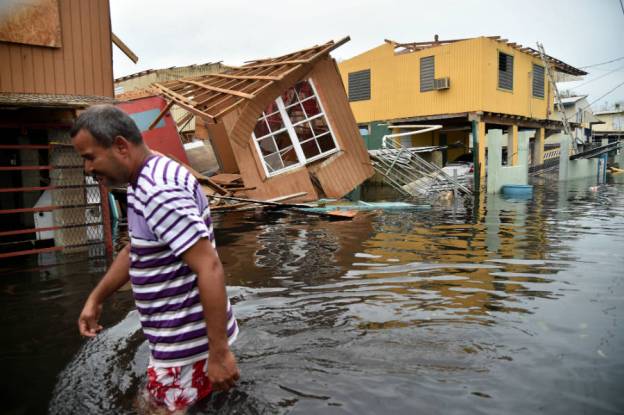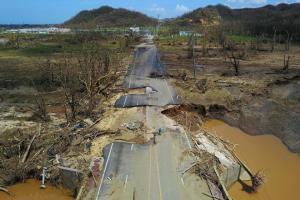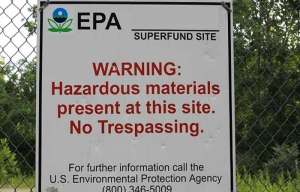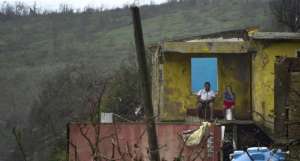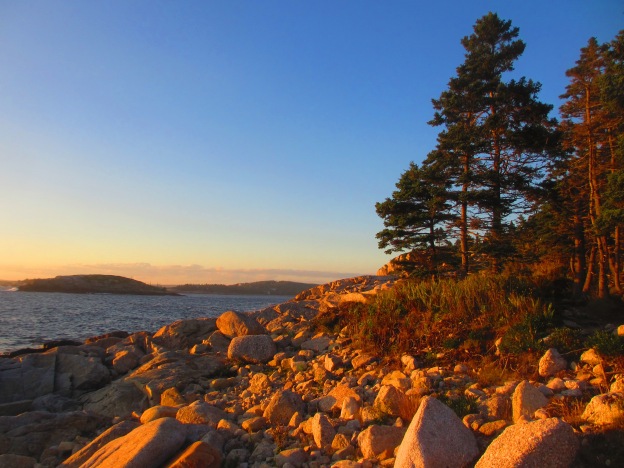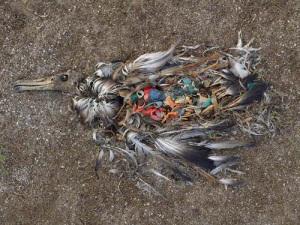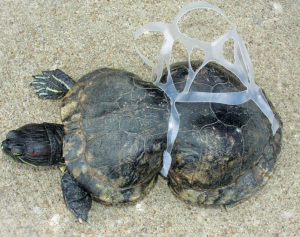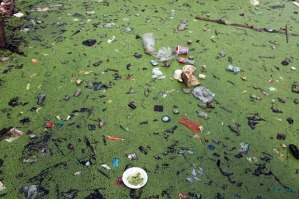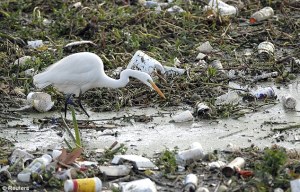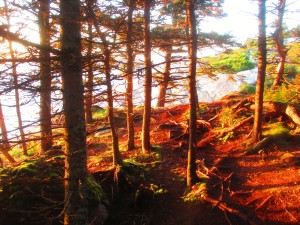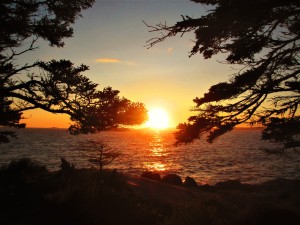Right now Puerto Rico, an American island of over 3.4 million people, is in ruins thanks to the rampage of two major hurricanes, Irma and Maria respectively. Most are facing months without electricity, many are homeless, more face poor access to fresh drinking water, farms have been razed, and the specter of disease looms over flooded towns and toxic industrial and military superfund sites. Officials on the island have described the situation as “apocalyptic.” Now a dam is dangerously close to bursting. This is our climate changed present and future. But if you pay attention to the corporate media you might never know these facts or what they mean.
Puerto Rico seldom gets much coverage in the US mainland press because it lies in the grey zone of Empire. In fact, polling has demonstrated that most Americans do not even realize it is part of the US. But it was one of the first victims of American global expansion and hegemony following Spanish colonialism and served as a base of operations for the US military in its forays throughout the Caribbean and Central America. It was never granted statehood thanks in part to many Puerto Ricans who resisted American occupation, but also due to elites in Washington for its geopolitical advantage to the US. As a result of this marginalized status its residents cannot vote in national elections, and it has scant control over internal issues when it comes to neoliberal austerity measures, US military installations and environmental protections.
In recent years it has been put in the vice grip of debt by vultures on Wall Street, much like Greece, Spain and Argentina. And with increasing swaths of the planet engulfed in climate chaos it has been ensnared in a widening circle of “sacrifice zones“ where residents of impoverished neighbourhoods, cities or regions are largely left to fend for themselves when faced with pollution, climate change related disasters and ecological destruction. This has disproportionately effected immigrants, indigenous peoples and people of colour, but the lines are also being drawn based upon class.
Puerto Rico is another early example of the world to come. In truth, most of the world’s population already lives in some form of this dystopia; but it is the future for the rest of us thanks to the current course of unrestrained production and consumption of fossil fuels and the corruption, greed and apathy of the global elite. They aren’t slouches when it comes to protecting their interests and saving their own hides either. In articles from CNN to The New Yorker, tales of the sprawling estates and luxury bunkers being bought or built by them show how seriously they take the coming shocks to civilization.
So how will the powerful respond to a future of disasters and chaos for essentially anyone who isn’t part of the wealthy elite? The answer can perhaps be gleaned from a tweet President Trump sent out Monday, his first response to the devastation in Puerto Rico a full five days after the hurricane made landfall. He began by saying the island had “massive debt” that is “owed to Wall Street and the banks” and which “must be dealt with.” This was the first priority given, not the welfare of the people or the environment but how much the beleaguered people of Puerto Rico owe to vulture capitalists and the extortionists on Wall Street.
It doesn’t get much simpler than that.
Kenn Orphan 2017

